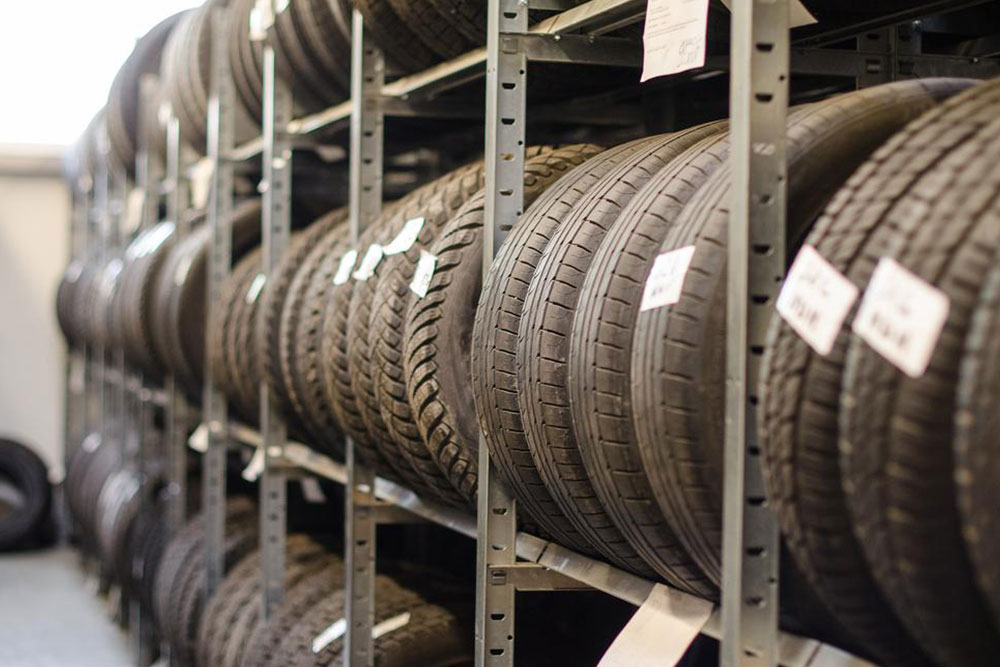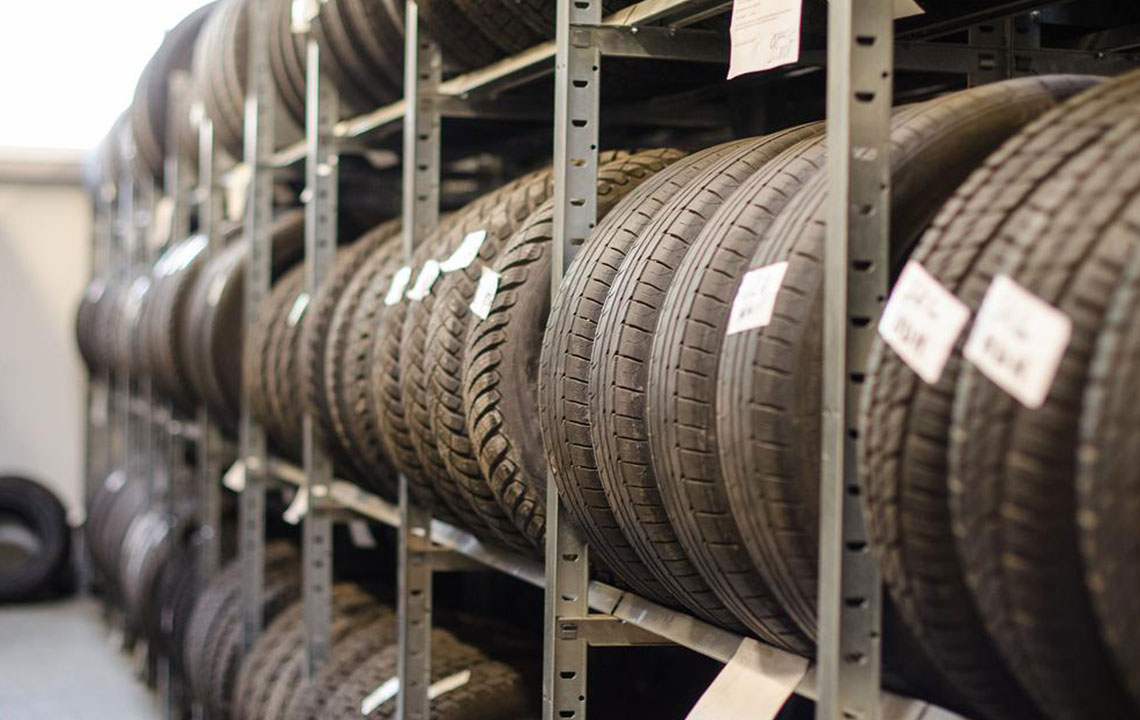Comprehensive History and Innovation in Tire Technologies
Explore the rich history and technological advancements of tires, from ancient rubber use to modern innovations like smart and eco-friendly tires. Discover how pioneering scientists and industry leaders have shaped tire technology to improve safety, performance, and environmental sustainability in transportation.

Tracing the Evolution and Advancements in Tire Technology
Tires are indispensable components of modern transportation and various industrial applications. Their development over centuries highlights the ongoing pursuit of enhanced safety, durability, and performance. From the earliest rubber preparations to advanced synthetic compounds, tire technology has evolved significantly to meet the demands of diverse vehicles such as cars, motorcycles, heavy-duty trucks, tractors, and airplanes. As a key indicator of economic development, the tire industry continuously innovates to improve efficiency, safety, and environmental sustainability.
The origins of rubber usage stretch back over 3,500 years, with indigenous peoples in South America initially harvesting latex from the Hevea Brasiliensis tree. They boiled the latex to produce rubber balls, which later found their way into exploratory voyages, including those led by Christopher Columbus. The early 19th century saw the emergence of solid rubber tires, capable of supporting significant loads and providing cushioning for rough terrains. Before the advent of industrial-scale rubber processing around 1839, natural rubber was used primarily in its raw form, which posed limitations on its durability and usability.
It was during this period that pioneering scientists like Thomas Hancock and Charles Goodyear made groundbreaking contributions to rubber technology. Goodyear's process of vulcanization involved treating rubber with sulfur, creating a material that was more resilient, elastic, and capable of withstanding temperature variations. This innovation set the stage for modern tire manufacturing. The development of pneumatic tires by R.W. Thomson in 1845 marked another milestone: by integrating an air-filled tube within a robust casing, tires could absorb shocks more effectively and resist punctures, drastically improving ride comfort and safety.
The automotive industry's expansion in the early 20th century pushed further research into tire materials and designs. Races and motorsports became fertile grounds for experimentation, leading to the creation of tires with superior grip, reduced rolling resistance, and longer lifespan. Today’s tire industry leverages cutting-edge materials, including synthetic rubbers and high-performance compounds, to cater to the demands of modern vehicles operating at higher speeds and on varied surfaces. Safety features such as anti-skid treads, run-flat technology, and eco-friendly manufacturing processes continue to evolve, reflecting a commitment to consumer safety and environmental responsibility.
In recent decades, innovations like tubeless tires, radial construction, and smart tires equipped with sensors have revolutionized the industry. These advancements not only enhance vehicle performance but also facilitate real-time monitoring of tire pressure and wear, contributing to better fuel efficiency and reduced carbon emissions. The tire industry remains a dynamic field, driven by technological progress, changing consumer preferences, and stricter safety and environmental standards. Overall, tire technology exemplifies a perfect blend of science, engineering, and innovation, shaping the future of mobility and transportation systems worldwide.




